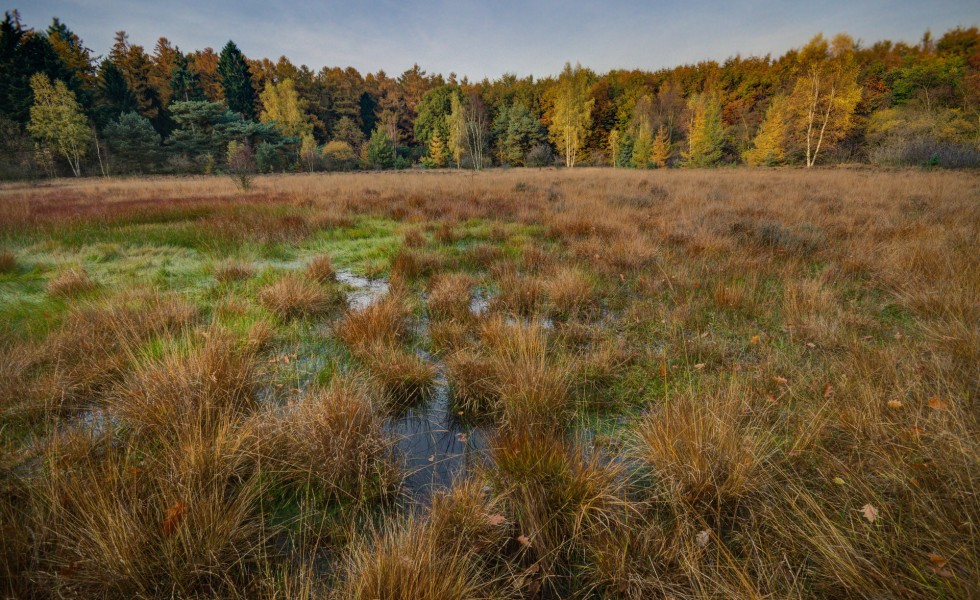The World is Changing, Why Haven’t We?
Posted on April 30, 2020

Coronavirus, a farmer in a recent news story noted, “is the straw that broke the camel’s back.”
It may feel that way now but, honestly, that back-breaking straw hit the camel decades ago when the nation’s top agricultural, academic, and political leaders embraced dollar-driven efficiency over safety-centered resiliency as the overarching goal of American farm policy.
We could have had both—and, in fact, still can—but today’s events continue to tie us to the past even as the world and markets are shifting under our unsteady feet.
For example, an aggie Twitter discussion in late March centered on whether a 570-horsepower, $500,000 tractor was powerful enough to pull a pictured, $565,000 corn planter through the field at 10 miles per hour.
Astonishingly as out of touch as that might seem, the chat occurred only three days after Congress and the White House empowered the U.S. Department of Agriculture (USDA) to spend nearly $49 billion to support farmers and ranchers through the Covid-19 infected season ahead.
And that deal arrived only hours after the biofuels industry warned Washington that the ethanol market, which consumes about 40 percent of the U.S. corn crop, is facing crippling shutdowns as it tries to ride out what already is a demand-devastated year.
Then, on March 31, USDA announced American farmers would plant 97 million acres of corn this year. That’s an eight percent increase over 2019 despite ethanol’s bleak future and growing evidence that other nations are shutting their markets to protect pandemic-threatened food supplies.
So, while USDA prepares to spend nearly $50 billion subsidizing domestic agriculture, corn farmers (some with $1-million-plus planting rigs) are preparing to grow a record crop at record subsidies for a government-protected ethanol market already melting as other markets around the world begin to shut down.
The only way any of these actions make actual sense is to remember that the world has changed dramatically in the past month but human nature hasn’t. Signs abound everywhere.
We continue to hoard food despite knowing there’s plenty for everyone if no one hoards.
We don’t stay home despite knowing Covid-19 is rapidly spread by people who don’t stay home.
Our weak, shortchanged rural systems like education, Internet infrastructure, and a long-failing healthcare network are now being shown for what they always were: weak, shortchanged, and long failing.
And, even worse, few political leaders answer straight, honest questions with straight, honest answers. Some can’t even muster the courage to shut down golf courses to limit the spread of the disease.
Golf courses, for crying out loud.
One of the more sane voices I’ve heard in the last 10 days came from a farmer who, like me, questioned the size, cost, and wisdom of the massive corn planter we both saw on Twitter.
“I wonder,” he asked in a retweet, “what the price of corn would be if we still had 8-row planters?”
We may find out soon because we know the worst of Covid-19 is still ahead and we have little idea what it will bring other than more woe.
Nor do we know how USDA will spend billions of our dollars to address the unknowns facing farmers and ranchers as another planting and calving season begins.
It will, however, require more thought than just throwing money at fading industries and bloated monocultures. We must consider paths that deliver more resilience and more food, not fewer farmers and more exports.
So far our strategy is very discouraging. Tossing out longstanding environmental laws and laying aside corporate merger issues now is just pouring salt into our gaping wounds. It’s shameful and almost as harmful to rural America as Covid-19.
One final note: You hold in your hands the product of caring professionals who believe in your right to hard facts and honest opinion. They don’t grind axes; they give you axes so you, not them, can decide the best way forward for your family and community. Please support them.
© 2020 ag comm

Another gut-punch article that is true. Bigger and bigger equipment so fewer people can do more. You don’t do more with less, you do more with more. A lot of guys around are area have gone to 16 and 24-row planters. And we live in rolling hills with terraces. The planters are so big that they go one round along each terrace and are already into the point rows. So many of them are just planting up and over the terraces which is fine in no-till conditions but not good where the ground has been tilled. Planter tracks start to cause erosion problems where they went up and over the terraces instead of parallel to them, as they were designed to function for saving soil and slowing run-off. But you know all this. The big shot farmers will be masters at bilking the government dollars so they can get even bigger.